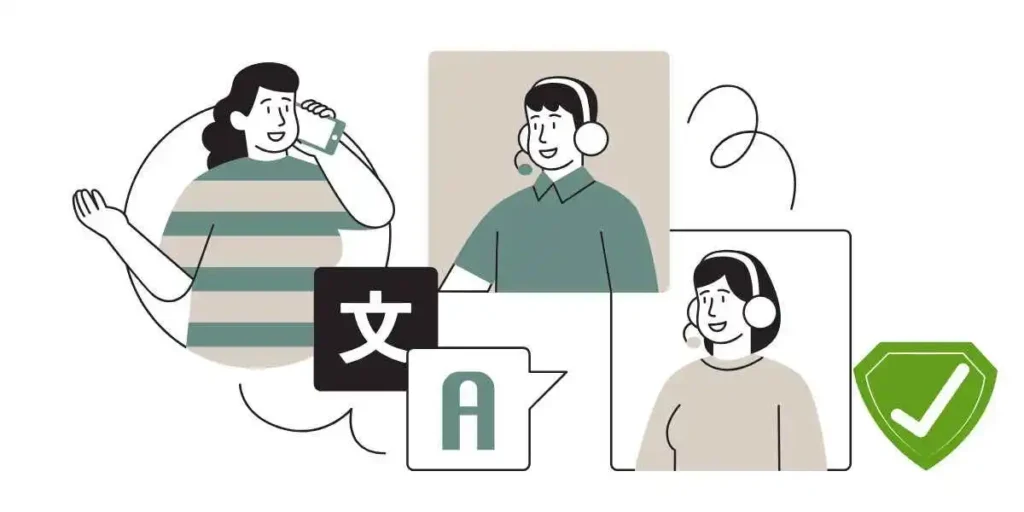SaaS vs Cloud-Based: Understanding the Key Differences and Choosing the Right Solution
In the present digital age, words like SaaS (Software as a Service) and cloud-based services are often employed, and often in conjunction. But understanding the differences between these terms is vital for companies that want to make informed technology decisions.
What is Cloud-Based Computing?
Cloud computing refers to the provision of computing services, including databases, servers, storage, and networking software, intelligence, analytics, and more over the Internet (“the cloud”) to facilitate greater speed of innovation, a variety of resources, as well as the ability to scale economies.
Types of Cloud Services:
-
Infrastructure as a service (IaaS): Provides virtualized computing resources via the internet. The most common examples are Amazon Web Services (AWS), Microsoft Azure, and Google Cloud Platform. userpilot.com
-
Platform as a service (PaaS): Offers software and hardware tools on the internet, mostly to develop applications.
-
Software as a Service (SaaS): Provides software on the internet based on subscription.
What is SaaS (Software as a Service)?
SaaS is a distribution model where apps are managed by an organization that provides services and are accessible to users via the internet. The software is purchased by users and does not require an internal network or equipment.
Key Features of SaaS:
-
Accessibility: Use applications with any computer connected to the Internet.
-
Subscriber-based: The pay-as-you-go model lowers the upfront cost.
-
Maintenance-Free: The service providers manage maintenance and updates.
-
Scalability: You can easily adjust the usage according to the needs.
SaaS vs Cloud-Based: Key Differences
| Feature | SaaS | Cloud-Based Computing |
|---|---|---|
| Definition | Software is available on the internet | Computing services are delivered over the Internet |
| Management | Service provider | Managed to be either the provider or the user |
| Customization | Customization is limited. | Customization at a high level |
| Cost Structure | Subscription-based | Subscription or pay-per-use |
| User Control | Insufficient control of infrastructure | Better control of infrastructure |
Real-World Examples of SaaS Applications
The concept of SaaS becomes clearer when we examine real-world applications:
-
Salesforce is the most popular customer relationship management (CRM) platform. saasacademy.com
-
Slack is an online collaboration platform that links teams of workers.
-
Dropbox: A cloud storage service that allows file sharing as well as collaboration.
-
Zoom is an online video conference tool that is widely used to hold virtual meetings.
-
Shopify is A platform to sell e-commerce products for retail stores online and point-of-sale solutions.
Choosing Between SaaS and Cloud-Based Solutions
In deciding between SaaS and cloud-based solutions, you should consider the following factors:
-
Business requirements: If you require basic software with few modifications, SaaS is ideal. If you want more control and flexibility,y cloud-based solutions may be a better choice.
-
Budget Constraints SaaS can provide regular subscription fees, whereas cloud-based services may vary based on usage.
-
IT resources: Limited IT staff could benefit from SaaS because it requires less maintenance.
-
Scalability Requirements: Both models are scalable; however, the cloud-based services offer greater control over resources.
FAQs
SaaS vs Cloud-Based vs Cloud Computing
SaaS is an aspect of cloud computing, specifically speaking of software services that are delivered via the internet. Cloud-based includes a wider array of services, such as IaaS, PaaS, and SaaS.
SaaS vs Cloud-Based in 2022
In 2022, trends are pointing towards a growing use of SaaS solutions because of their user-friendliness and their cost-effectiveness, particularly for businesses of a smaller or medium size.
Software as a Service in Cloud Computing
Software as a Service (SaaS) is a cloud computing model that provides software over the internet, removing the requirement for installation and upkeep.
What is a SaaS Product?
The SaaS service is a software program run by a company and accessible to users via the internet, usually on the basis of a subscription.
What exactly is SaaS with an Example?
A good illustration that is SaaS is Google Workspace, which offers applications such as Gmail, Docs, and Drive, which are accessible via web browsers without the requirement to install local applications.
SaaS Technologies
technology for SaaS comprise a range of platforms and tools that facilitate the distribution of software via the internet, such as the cloud infrastructure and application hosting and subscription management systems.
Learn About SaaS
To delve deeper into SaaS, consider exploring resources like AWS’s What is SaaS? and Google Cloud’s SaaS Overview.aws.amazon.com

